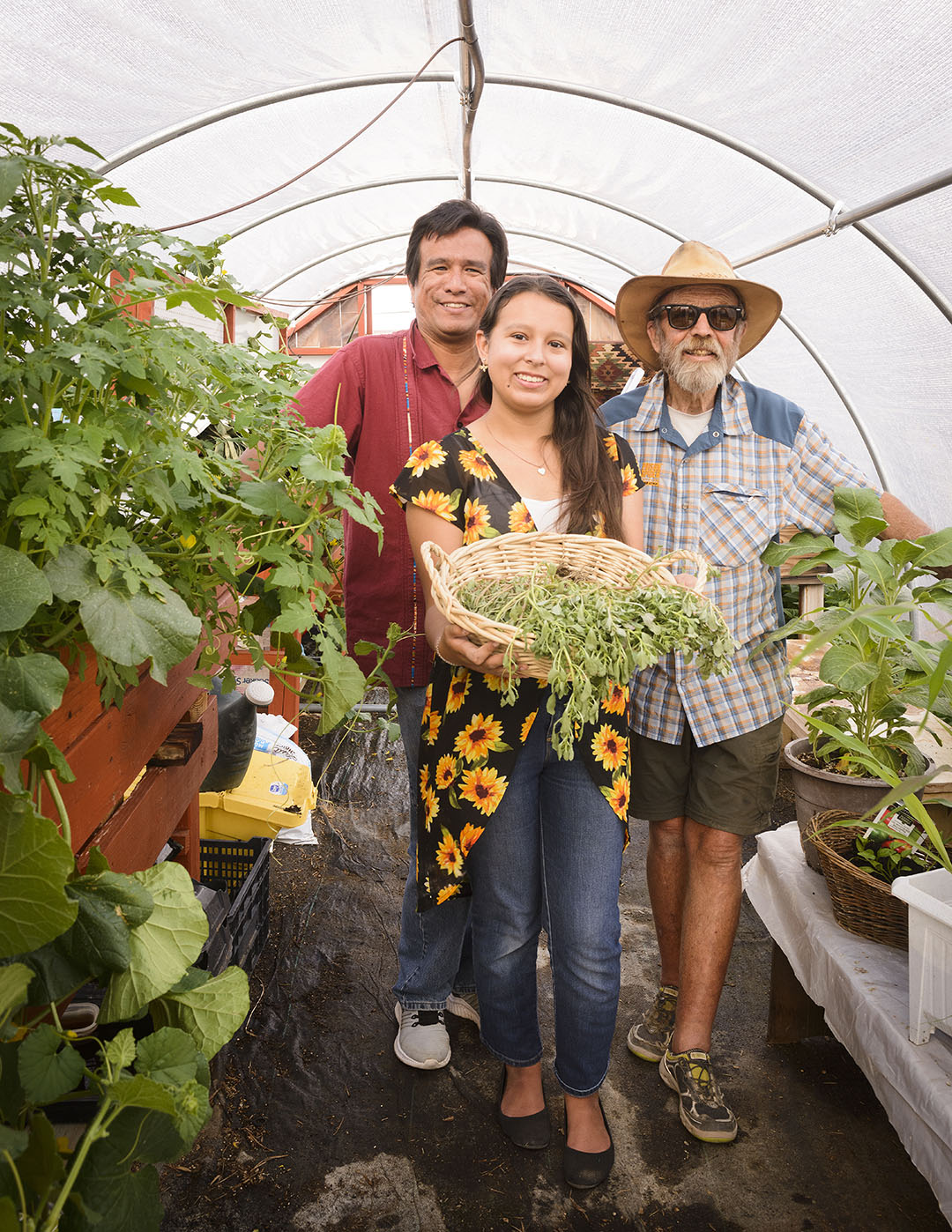Reviving Indigenous food traditions opens pathways to health and sovereignty.
“When we discovered Columbus…” Augustin Jorquez begins, each word enunciated slowly, at a distinctly measured pace. Those four words, startling despite their seeming simplicity, speak volumes.
Our history books always have declared that Columbus discovered America. Undoubtedly, those four words, spoken by my Native American companion, make it clear that the original residents of this land view it quite differently. And, one might ask, why shouldn’t they?
Jorquez, program director for Reno’s Center for Healthy Aging, oversees its Intergenerational Community Garden and Indigenous Food Program. He is among several community leaders working to combat food insecurity among the tribal communities in Northern Nevada. Food insecurity is a serious and complex problem that’s rooted in our country’s history of forced colonization and exacerbated by recent challenges brought on by the pandemic.
Addressing this issue requires understanding the impact of both on Native communities — and a willingness to look at the challenges of the past and present with an honest and unflinching eye, Jorquez says — even if it requires regarding Columbus from a whole new perspective.
The Heart of the Problem
As Augustin Jorquez maintains, it’s important to understand how our shared history played a significant role in creating the current problem of food insecurity. For that, he takes us back to pre-Columbian times, when Native tribes flourished with plentiful food sources they grew, gathered, or hunted.

He points out that the Natives shared their extensive knowledge of the local food resources with the pilgrims, who certainly would have perished without that assistance. And many of the foods that were integral parts of the Indigenous diet were not only embraced by the newcomers, but also found their way back to the old world.
Lois E. Frank, American food historian, culinary anthropologist, chef, and cookbook author, designates tomatoes, corn, potatoes, beans, squash, chiles, vanilla, and cacao as the “magic eight” ingredients that were used only in the Americas before 1492. These inherently Indigenous foods became culinary gifts from the Native Americans to the rest of the world. They dramatically altered and enhanced Eurasian cuisines. To get a sense of their impact, Frank says, just imagine Italy without tomatoes, Ireland without potatoes, Asia without chiles, Switzerland without chocolate, and so on.
However, gratitude was short-lived, and soon the new settlers no longer valued the Natives. Quite the opposite, in fact. The Native peoples were seen as a threat to westward expansion of the new world.

What followed was forced colonization. Native Americans were removed from areas where they formerly could produce and procure their own food, sent to unfamiliar tracts called reservations, and provided with government-issued commodities for subsistence, reducing them to a lifestyle of food dependency.
Even worse, these commodities included white flour, lard, sugar, and, eventually, cheese, processed canned meats, and other less-healthy dietary items than what the tribal communities had been accustomed to eating. For a culture that believes food is medicine, this change of diet and lifestyle was devastating to their health and well-being.
The detrimental effects of this forced lifestyle persist even today. According to the United States Department of Health and Human Services, Native American adults are almost three times more likely to be diagnosed with diabetes and 50 percent more likely to be diagnosed with coronary heart disease than their white, non-Hispanic counterparts.
Perfect Storm
These historic factors of forced food dependency and the resulting unhealthy diet have long been of concern on reservations. But the arrival of COVID really brought the problem of food insecurity to the forefront.
Geographically, these tribes often are located in remote areas, otherwise known as food deserts, due to their distances from fresh food sources. When the country was on lockdown for the better part of a year, many reservation residents were faced with a desperate plight to get the food and medicines they needed to survive.
In a recent report released by the Native American Agriculture Fund (NAAF), almost half (48 percent) of the more than 500 survey respondents, which included many Paiute, Shoshone, and Washoe Tribes in Northern Nevada, reported having experienced significant food insecurity during the pandemic.
Fortunately, local tribes and community partners are making efforts to not only address the immediate problem of food insecurity, but also to use the challenge to devise long-term pathways toward the creation of tribal food sovereignty.
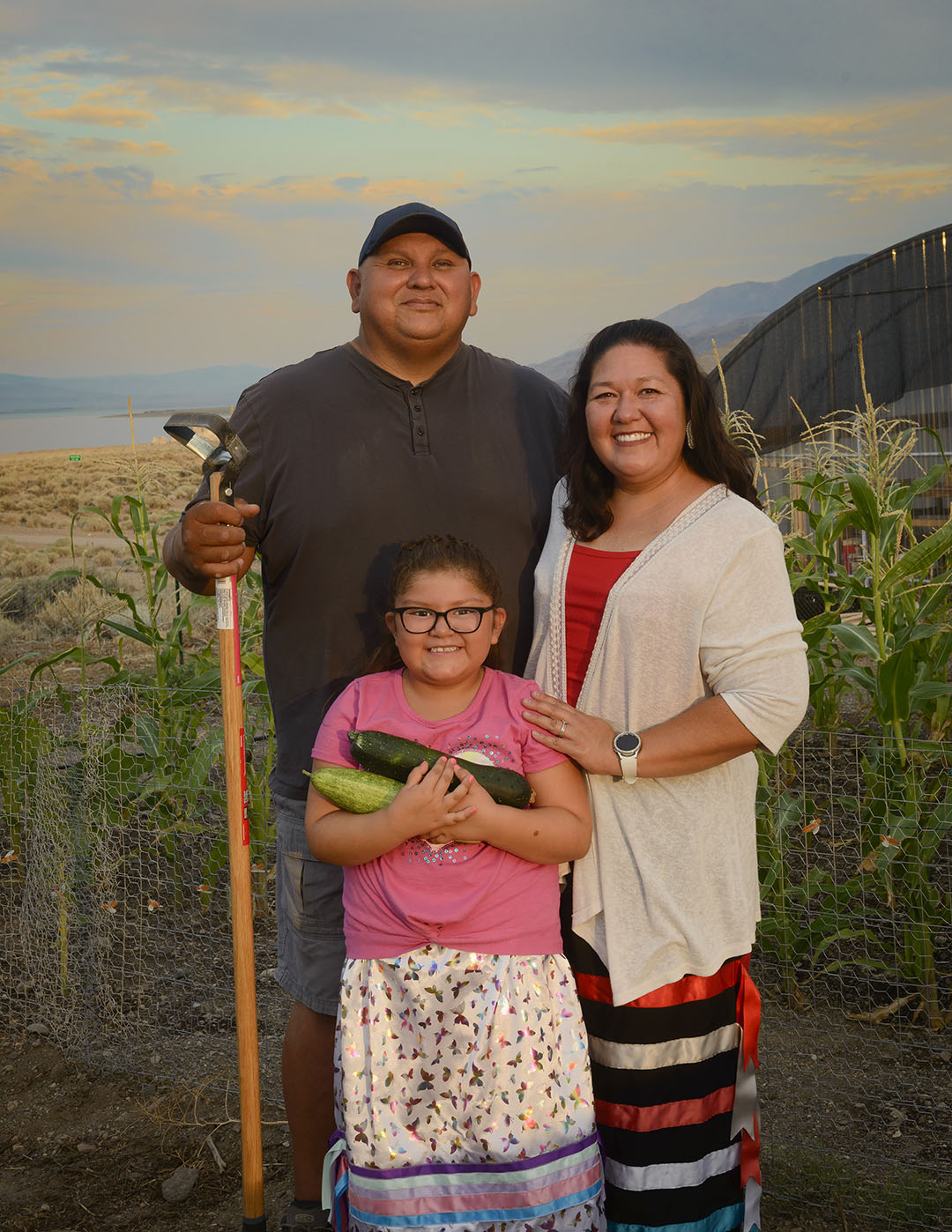
What’s the difference between food security and food sovereignty? The first means simply having enough food. The latter means having control over that food system. International farmers’ organization La Via Campesina put this more eloquently:
“Food sovereignty is the right of people to healthy and culturally appropriate food produced through ecologically sound and sustainable methods, and their right to define their own food and agriculture systems.”
Opportunity Knocks
“COVID actually became a catalyst that joined need with opportunity,” says Staci Emm, University of Nevada, Reno professor, extension educator, and Nevada Federally Recognized Tribes project director. “It prompted tribal leaders to implement programs, utilizing federal funding through the CARES (Coronavirus Aid, Relief, and Economic Security) Act and ARPA (American Rescue Plan Act) to not only access food to survive the pandemic, but to build long-term food security.”
A perfect example of this is the work of Amber Torres, chair of the Walker River Paiute Tribe in Schurz. Torres was a dynamic force in developing numerous innovative food-sovereignty programs for her reservation during the pandemic. Utilizing tribal and community partnerships and federal pandemic resources, she helped to create long-term food security safeguards, including a community store, a food delivery system, and, in collaboration with the Inter-Tribal Council of Nevada and the Northern Nevada Food Bank, the first food pantry on Nevada tribal land.
“We have also just been named the first tribal nation to receive funding from the USDA to sign a local food purchase agreement, where we access fresh and locally grown goods from our local farmers, ranchers, and producers,” Torres says. “We will continue to build on this program for the sustainability of our people to flourish.”
Torres also has plans to build on her community’s renewed interest in bringing back traditional ways of planting and eating. She’s hoping to launch a future project of planting its own pinyon pine trees to ensure ample harvests of pine nuts, a traditional food source, for years to come.
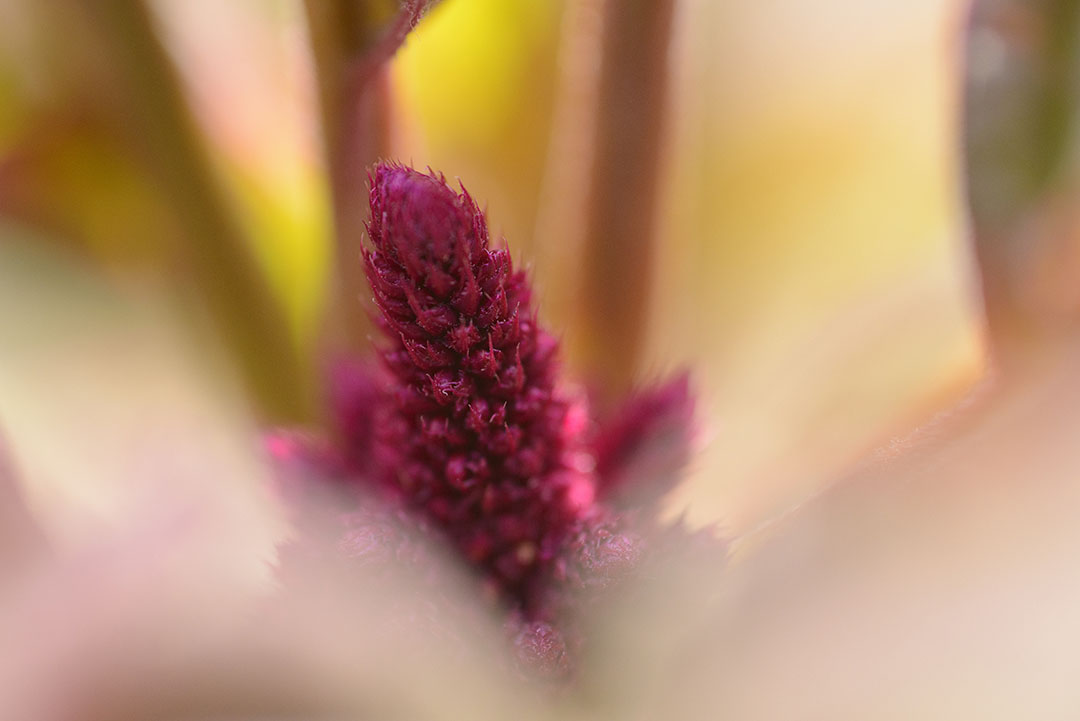
Hooping It Up
It has become increasingly apparent that the recent lack of food security has encouraged many tribes to revert to traditional foods and medicines produced in their own communities. Using ingenuity, the assistance of tribal leadership, community partnerships with the UNR Cooperative Extension (UNCE), and federal pandemic recovery funds, substantial progress is being made to advance the goal of food sovereignty.
Hoop houses are an effective, easy, and inexpensive way to create a greenhouse environment that can extend the growing season. Hoop house programs have been a major factor in providing more access to and control over food choices, including traditional Native foods. As a result, they have become a go-to option for increasing self-sufficiency on reservations.

According to Emm, the Shoshone-Paiute Indian Reservation located in Northeastern Nevada has instituted the Duck Valley Hoop House and Garden Project. In partnership with UNCE, the project now includes more than 70 hoop houses built on or near home sites of Native landowners.
Other local tribes have utilized similar funding resources to create food sovereignty projects as well. The Pyramid Lake Paiute Tribe has built 10 hoop houses, and the Walker River Paiute Tribe has constructed five hoop houses on their respective reservations.
You Are What You Eat
In tandem with the burgeoning interest in growing their own foods, Native communities are increasingly embracing traditional cuisine. Many medical and nutritional experts applaud this idea.
Frank, who claims maternal Kiowa heritage, has spent more than three decades spearheading a culinary movement to revitalize interest in Indigenous foods. She has long believed that ancestral foods hold the key to returning health and wellness to Native communities.
In 1991, she approached New York publishers with the idea for a book on Native American cuisine. They told her there was no such thing! Frank had the last laugh. In 2003, the cookbook she long envisioned, Foods of the Southwest Indian Nations, was awarded the James Beard Foundation Award, the first cookbook of Native American cuisine to be so honored.
Since then, she has been a sought-after speaker and educator, traveling the world, including a visit to the University of Nevada, Reno, to spread the word of the health benefits of these ancestral foods. Well ahead of the times, Frank has been on the forefront of the growing movement to promote this primarily plant-based diet of traditional Native foods as a proactive way to prevent or reverse the epidemic of type-2 diabetes among tribal communities.
Jorquez is one of the local Native American activists who has benefited from the information and guidance of Frank. In 2020, at the height of the pandemic, Jorquez launched the Reno-based Intergenerational Garden and Indigenous Food Program as a pilot project, funded by the federal SNAP-ED (Supplemental Nutrition Assistance Program-Education) program and a combination of public and private grants.
Along with colleagues — UNCE-certified master gardener Randy Robison and dietitian Brandon Borom — the project team developed a 10-week curriculum that teaches participants how to grow, harvest, and prepare healthy, fresh foods. In addition to practical knowledge, participants are given every tool they need, including seeds, compost, and box beds, to become successful gardeners, as well as a wealth of nutritional information, cooking tips, and recipes, all free of charge.

The original impetus was to help Indigenous residents of local reservations develop the skills needed to achieve food sovereignty in the future, Jorquez says. However, because the team wishes to serve any food-insecure people in the community, no one is disqualified or turned away from the program.
The classes, which combine hands-on instruction in a demonstration garden in Lemmon Valley with classroom learning (either online or at various local venues), are further supplemented by Jorquez, who interweaves historical information and Native traditions into the discussions. And, of course, some of Frank’s ancestral food principles and recipes are included.
“The program is multiconceptual, multicultural, multigenerational,” Jorquez says. “It’s very fluid, but I think that’s a testament to the Native American world view. It’s all integrated.”
Early Education
Ever the trailblazer, Emm, who is a member of the Yerington Paiute Nation, created a similar grant-funded program for a much younger group — kindergarteners.
The Veggies for Kids program is currently offered at three reservation elementary schools: Schurz (Walker River Paiute), Natchez (Pyramid Lake Paiute) and Owyhee (Duck Valley Shoshone and Paiute).
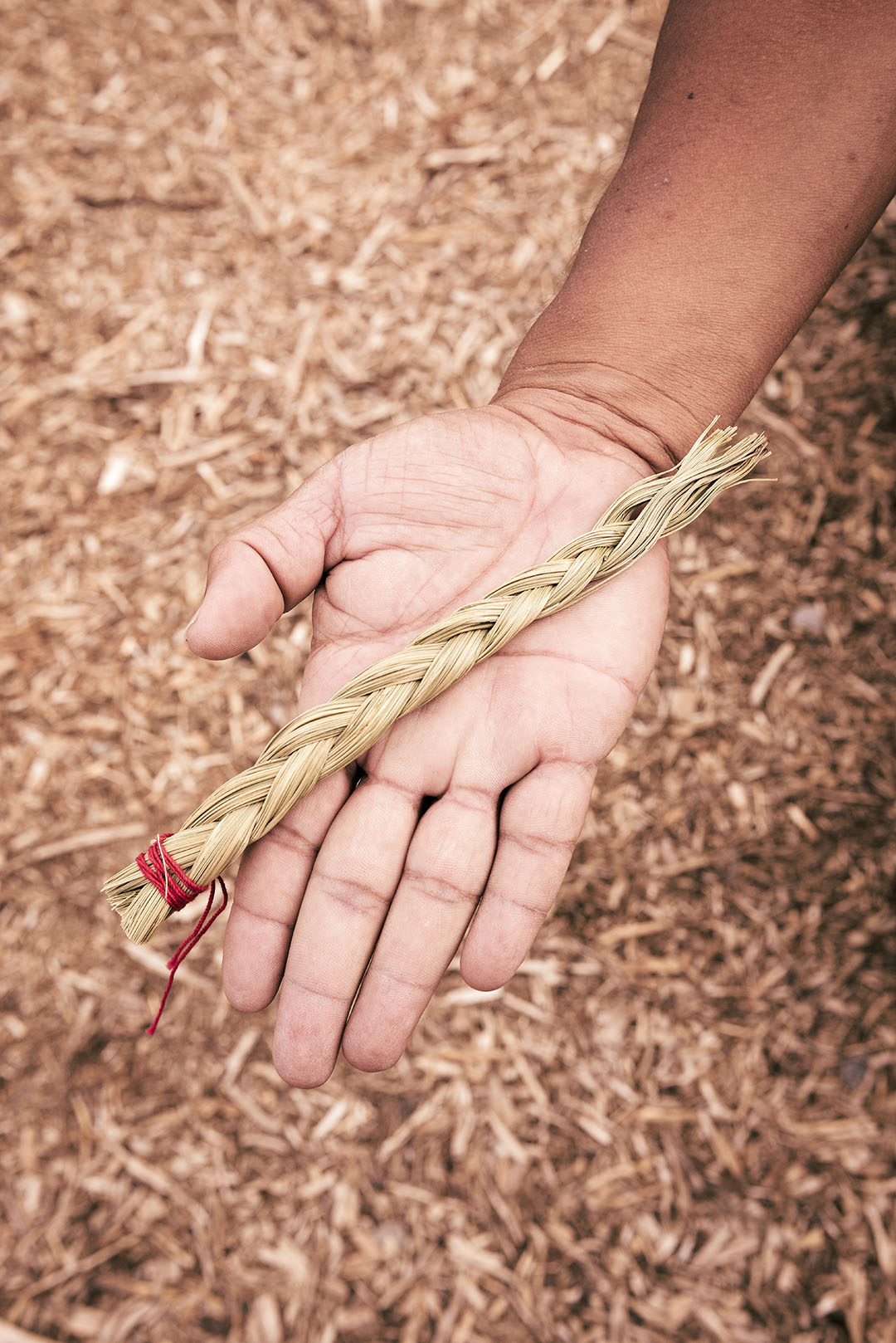
It features classroom instruction as well as hands-on gardening experiences as building blocks to introduce healthy eating and increase consumption of fruits and vegetables among kindergarteners. It also incorporates traditional Native foods and tribal languages as integral components, and tribal elders are welcome to attend and teach the children about Native traditions and practices.
Tribal Sovereignty
Jill Moe is the director of Desert Farming Initiative, a part of the UNR Experiment Station, the research unit of the College of Agriculture, Biotechnology & Natural Resources. As such, she oversees DFI’s Food Sovereignty Project.
The concept initially stemmed from conversations with Emm and local tribal members regarding their interest in learning how to propagate the traditional food and medicinal plants of the tribes in our area.
But the true catalysts for the project, Moe says, were the students in the Indigenous Student Organization on campus, who came to her with the idea of collecting and propagating native seeds and plants. The goal of this project, as conceived by the students, is to find ways to propagate traditional plants that are typically just gathered in the wild, so as to make them more accessible, using hoop houses, raised garden beds, or field planting.
“This is primarily a student-driven program,” Moe says. “I would describe it as a university-maintained effort to advance tribal food sovereignty, by supporting students with their interests in this regard, but also by drawing on the expertise that exists in tribal communities.”
Last spring, the students organized events every week or so to carry out a range of activities, from native seed planting to gathering cuttings from the wild, to planting pinyon pines.
They also are engaged in efforts to sprout and cultivate ancient seeds, available only to tribal communities in limited quantities. DFI was given the seeds so its Indigenous students could participate in a nationwide program, overseen by the Native American Food Sovereignty Alliance’s Indigenous SeedKeepers Network, the mission of which is to nourish and assist the seed sovereignty movement throughout North America.
Growing a Movement
Lance Owyhee is only 20 years old, but he carries the future of his people in his heart. The UNR junior works part-time as a DFI intern, funded by the Intertribal Agriculture Council. He carries a full load of credits to support his double major of forest ecology and management with wildlife ecology and conservation. He also minors in Indigenous studies. Additionally, he is an officer in UNR’s Indigenous Student Organization.
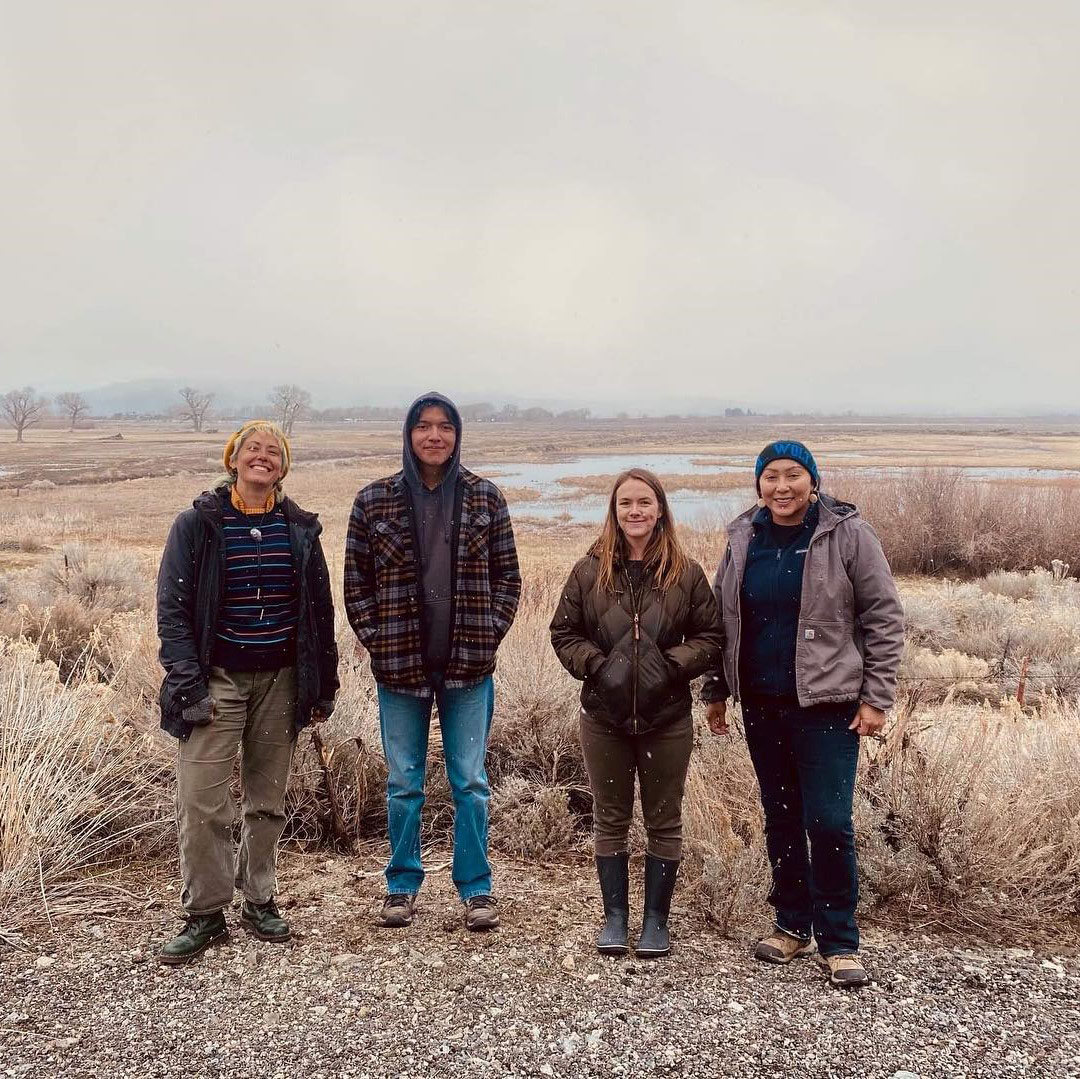
Owyhee’s tribal heritage is Western Shoshone, Northern Paiute, and Navajo. He grew up on the Duck Valley reservation on the Nevada/Idaho border. Despite this Native background, he admits that his upbringing was mostly influenced by white, Western culture. He regrets that many Native traditions have been lost or were never taught to his generation. He’s determined to make up for that loss now.
He spends many hours at DFI, coaxing wild, native plants to thrive in cultivated gardens. He’s particularly interested in the forgotten power and untapped potential of traditional medicinal plants. All of these plants are meaningful and have a history, he says. They were really important in the past and still are important today. He’s eager to be a part of an effort to reconnect Indigenous people to their roots.
And Owyhee’s not the only Native youth seeking this reconnection. This fall, 21 incoming Indigenous freshmen are entering the university’s CABNR looking to reconnect ancient roots with tomorrow’s fertile soil.
“I’m excited about that,” Owyhee says. “Just having more Indigenous students on campus is really great because there’s all these programs that really need Indigenous voices.”
Winds of Change
The USDA recently launched the Indigenous Food Sovereignty Initiative, in which it is partnering with seven regional tribal organizations on projects to revamp federal food and agriculture programs from an Indigenous perspective. The goal is to allow for tribes to design food systems that reflect their own traditional food choices — in other words, true food sovereignty.
And in another encouraging development, Torres, that dynamic chair of the Walker River Paiute Tribe in Schurz, recently was appointed to the Department of Interior’s first-ever Tribal Advisory Committee.
Yet another Indigenous voice is ready, willing, and able, finally, to be heard.
Reno writer Barbara Twitchell is so grateful to the many people featured in this article who shared their stories, hopes, and wealth of information with her. It was an eye-opening learning experience she will always value.
Three Sisters Stew with Pinto and Kidney Beans
(courtesy of Lois E. Frank, cookbook author and chef/owner of Red Mesa Cuisine LLC in Santa Fe. Serves 8 to 12)
1 large yellow onion, chopped
1 green bell pepper, seeded and chopped
Olive oil cooking spray, to coat cast-iron pot
2 cups fresh Roma tomatoes, chopped (or 28-ounce can whole peeled tomatoes with basil)
2½ cups cooked organic dark red kidney beans
2½ cups cooked organic pinto beans
2 cups cooked corn kernels (fresh, frozen, or canned)
2 cups green zucchini squash, cut into small cubes
3 tablespoons dried red mild chili powder
1 teaspoon salt
Heat cast-iron or soup pot over medium-high heat. Add onions, sauté for 2 minutes until translucent, then add bell peppers and sauté another 2 minutes. Cut each of the whole tomatoes (fresh or from can) into 8 pieces (large dice) and add them to onions and peppers. Cook another 2 minutes, stirring constantly. Add zucchini and sauté several more minutes, stirring constantly to prevent burning. Add kidney beans, pinto beans, and cooked corn and stir well. Bring the beans to a boil, then reduce heat to low. Stir in the chili powder and salt. Let simmer for 20 minutes, stirring occasionally to prevent burning. Serve hot with fry bread or homemade corn or flour tortillas.
